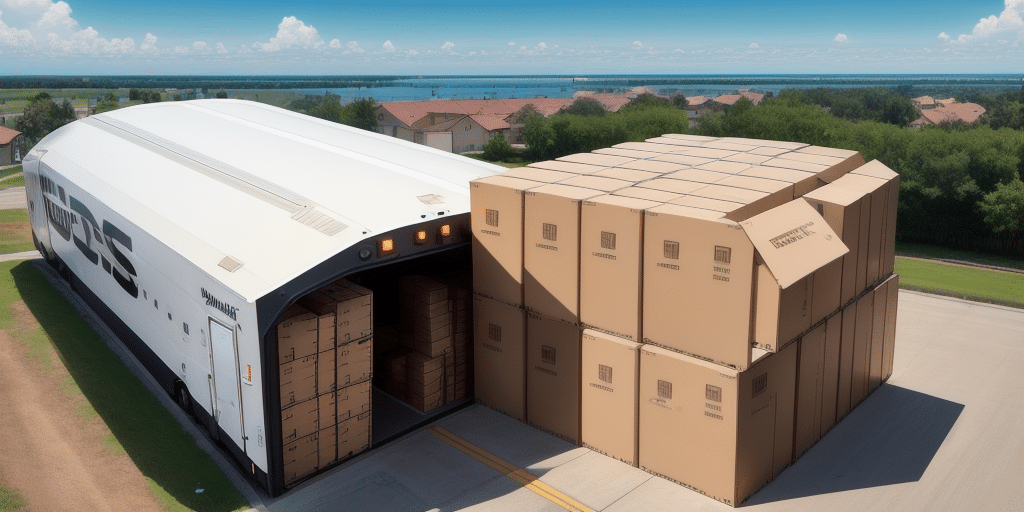Introduction to UPS Worldship
UPS Worldship is a comprehensive shipping software solution widely utilized by businesses to automate and streamline their shipping processes. This guide provides a detailed, step-by-step walkthrough for installing UPS Worldship on a network, ensuring a smooth and successful setup. Whether you're a small business owner or part of a large enterprise, understanding how to effectively implement UPS Worldship can significantly enhance your shipping efficiency and accuracy.
What is UPS Worldship and Its Benefits?
Comprehensive Shipping Management
UPS Worldship offers a robust platform for managing, tracking, and scheduling shipments. It integrates seamlessly with existing business systems such as QuickBooks, SAP, and Microsoft Dynamics, enabling automation of shipment processes, reduction of errors, and substantial savings in time and resources.
Real-Time Shipping Rates and Delivery Times
One of the standout features of UPS Worldship is its provision of real-time shipping rates and delivery estimates. This capability allows businesses to make informed decisions, selecting the most cost-effective and efficient shipping methods tailored to their specific needs.
Customization and Branding
UPS Worldship enables the creation of customizable shipping labels and packing slips, helping businesses maintain a professional and consistent brand image. This level of customization ensures that all shipping materials align with the company's branding guidelines, enhancing brand recognition and customer trust.
Integration with E-Commerce Platforms
The software integrates with major e-commerce platforms like Amazon, eBay, and Shopify, facilitating seamless order processing and shipping label generation directly from these platforms. This integration simplifies operations for online retailers, ensuring timely and accurate fulfillment of orders.
System Requirements and Compatibility
Before installing UPS Worldship on your network, it's crucial to verify that your system meets the necessary requirements to ensure optimal performance:
- Operating System: Windows 10, 8.1, 8, or 7 (32-bit or 64-bit)
- Memory: Minimum of 4GB RAM
- Storage: At least 10 GB of free disk space
- Processor: Pentium III (or equivalent) processor clocked at a minimum of 1 GHz
- Additional Requirements: Active internet connection and the latest version of Microsoft .NET Framework
UPS Worldship is also compatible with most shipping label printers and scales available in the market today, ensuring flexibility in hardware choices.
Pre-Installation Checklist
Ensuring a smooth installation process involves completing the following checklist:
- Verify that your system meets all software requirements.
- Uninstall any previous versions of UPS Worldship from the network.
- Ensure uninterrupted internet connectivity throughout the installation.
- Confirm that you have sufficient administrative privileges to install software on the network.
- Instruct all network users to log out before beginning the installation process.
- Create a comprehensive backup of all important data to prevent any loss during installation.
Allocating adequate time for the installation is recommended, preferably scheduling it during off-peak hours to minimize disruption to network users.
Downloading and Installing UPS Worldship
Downloading the Software
Begin by downloading the latest version of UPS Worldship from the official UPS website. You will need a valid UPS.com account to access the download section.
Running the Installation Wizard
Once the download is complete, execute the installation file and follow the on-screen instructions. During the installation process, you will be prompted to enter your UPS account information and agree to the license terms. After the installation, a system restart may be required to finalize the setup.
Configuring UPS Worldship for Your Network
Setting Up User Accounts and Permissions
After installation, configure user accounts and permissions to control access to the software. Assign specific roles to users, restrict access where necessary, and set customized preferences to enhance security and efficiency.
Network Settings and Hardware Integration
Access the 'Options' menu within UPS Worldship to configure network settings. This includes setting up network printers, scales, and other hardware devices essential for shipping operations. Ensure that all hardware is properly connected and that the necessary drivers are installed for optimal functionality.
For more detailed hardware compatibility information, refer to the UPS Technology Support.
Testing, Troubleshooting, and Maintenance
Testing the Installation
Conduct a comprehensive test by creating and processing a test shipment to verify that all components are functioning correctly. This step helps identify any integration issues or hardware connectivity problems early on.
Troubleshooting Common Issues
Common issues during installation or operation may include hardware connectivity problems, internet connectivity issues, or software bugs. In such cases, refer to the UPS Support Center for assistance or consult the user manual for troubleshooting guidance.
Regular Maintenance
Regularly maintain UPS Worldship by performing updates, checking for hardware malfunctions, and ensuring all software components are up to date. Implement automated monitoring tools to proactively identify and address potential issues, minimizing downtime and ensuring continuous operation.
Updating and Upgrading UPS Worldship
Keeping UPS Worldship updated is essential for maintaining security and accessing the latest features. Follow these best practices when updating or upgrading the software:
- Always back up your data before initiating any updates.
- Ensure that all networked computers meet the system requirements for the new version.
- Inform all users about the upcoming update and provide necessary training to facilitate a smooth transition.
- Test the updated software with a few shipments before fully deploying it across the network to ensure compatibility and functionality.
For the latest updates and upgrade instructions, visit the UPS Software Services page.
Best Practices for Maintaining UPS Worldship on a Network
- Regular Software Updates: Keep UPS Worldship updated to the latest version to benefit from new features and security enhancements.
- Data Security: Ensure that anti-virus software is active and that data is regularly backed up to prevent unauthorized access and data loss.
- Employee Training: Train employees on proper usage of UPS Worldship to minimize errors and improve operational efficiency.
- Performance Monitoring: Continuously monitor the software’s performance, addressing any issues promptly to maintain smooth operations.
In summary, installing and maintaining UPS Worldship on a network involves meticulous planning, adherence to best practices, and ongoing maintenance. By following this guide, businesses can leverage UPS Worldship to optimize their shipping processes, enhance accuracy, and ultimately improve their bottom line.








